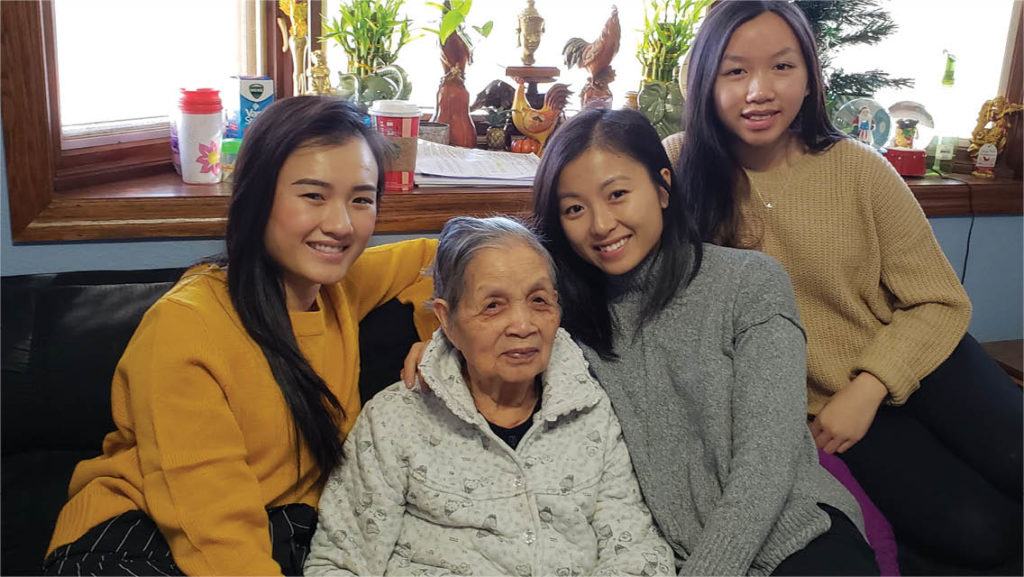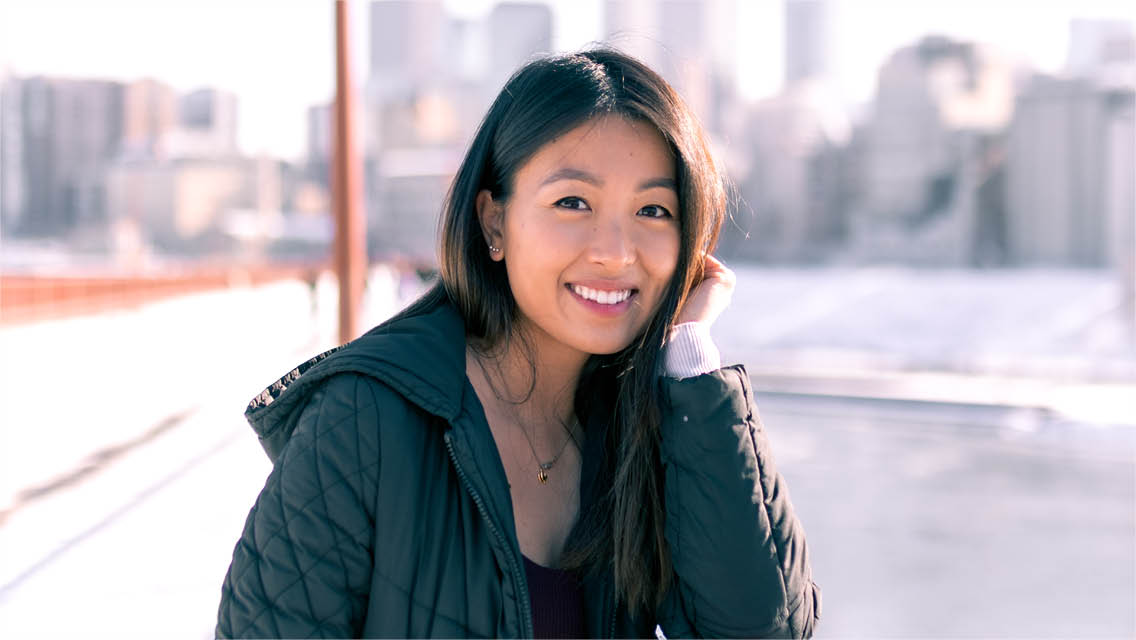When I arrived at the facility where my grandma was staying, in August 2020, I was startled to find her on comfort care, or end-of-life care without curative intent. My cousin had told me my grandma’s health was declining, but I hadn’t realized how close to death she really was.
She wasn’t allowed food or drink, and she took oral morphine as needed, which was often. I knew that she likely had less than a few weeks to live; the nurse clarified that it would probably be just days.
During these final days with my grandma, I stepped into the role of caregiver along with my cousin Julie, who was a pharmacy student at the time. I was a nursing student, so I had experience assisting with the administration of medications and taking care of others. I changed her, washed her, and generally tended to her personal hygiene.
My family couldn’t bear the physical demands of cleaning my grandma and adjusting her position. It upset them to see how much pain those activities could cause. Yet I dealt with these conditions regularly in my courses and job, so it seemed natural for me to step in, and to try to keep her as comfortable as possible.

Even so, the experience of caring for her took a toll on me. I swung between extremes: not caring, caring too much, and wanting to fix everything that was out of control.
In all honesty, I mostly remember feeling numb. For two weeks, I put my own emotions on hold so that I could kick into patient-care mode and ensure everything was properly handled. When my grandma passed, I don’t think I even cried.
The emotions flooded back after her funeral, and I realized I couldn’t keep putting myself through cycles of feeling numb and overwhelmed. Although caring for a family member was different from my studies and day job, I recognized that wasn’t the first time I’d struggled to set healthy boundaries with those I was trying to help. I’d been serving others from an empty cup for years.
Nursing had been my dream job, but something had to change. It was time to follow a new path.
Reflections
Looking back, I remember observing a lot of great nurses who formed healthy boundaries with their patients. They cared deeply about their work and their patients, but they also knew when and how to separate so they could take care of themselves and their families when they got home.
That was never how I operated. Especially during the worst of the COVID-19 pandemic, when family members weren’t allowed in the hospital, I struggled to detach from my patients. I continued thinking about them after shifts, so I never had time to decompress.
I spent so much time caring for and thinking about others that I had no mental or emotional energy left to consider, much less fulfill, my own needs. It took a toll on my mental health, which is something I’ve struggled with from a young age.
When I was younger, I spent a lot of time ruminating on how I could make things easier for others, especially my parents. As an only child, I felt responsible for making things better whenever they had issues or didn’t get along. It was hard to live with that pressure.
In 2017, the same year I started nursing school at Rasmussen University in Minnesota, I was diagnosed with severe depression and anxiety. I had a lot going on with my family then, and a close friend of mine had just died by suicide. Simply put, I cracked.
The confusing, or maybe contradictory, part of it all is that I found it easy to mask my pain by caring for others. It allowed me to keep busy and believe I was making another person’s life a little bit easier when, really, I was also trying to avoid facing my feelings. In retrospect, I understand that coping in that way was hurting me, too.
Time for a Change
When I returned to work after my grandma’s death, I was burned out. I finally understood that I couldn’t form the boundaries I needed to continue working as a nurse. At the same time, I didn’t know what else to do. I still wanted to help others, but I needed to find a job that would allow me to do so in a healthier way.
I spent about two months researching and asking myself what I really enjoyed doing. I was already self-taught in software development and was considering going that route when I discovered UX design, which uses research, data, and tests to create great digital experiences for all users.
I realized that it could be a fantastic way to employ my empathy, in addition to my knowledge and love of advancing technology, to help people — in a manner that wouldn’t threaten my mental health.
I wouldn’t face the constant anxiety I had felt as a nurse, caring for people whose health depended on me. And once the day ended, I would be able to step away, physically and emotionally, and focus more on myself and my needs.
By November 2020, at the age of 25, I was enrolled in an immersive UX boot camp through General Assembly, which took about three months. Shortly afterward, I completed an internship and landed my first job at T-Mobile, where I work on ways to improve digital assistance across T-Mobile’s desktop and mobile experiences.
I aim to keep it accessible for everyone, thinking of my parents, Vietnamese immigrants who have lived in the United States for many years but still struggle with the language and navigating complex websites.
Self-Care as a Priority
It’s been a little over two years since I decided to make the leap in my career, and I’ve been learning how to prioritize myself and my mental health. Self-care now means going to yoga or the gym most evenings after work, cooking a delicious meal for dinner, and spending some time on the couch watching Korean dramas.
I also spend time with my dog, Keopi; see friends on the weekend; and give back to my community through my work as a youth-group leader at my church. Working with a therapist has helped me process my emotions, dissect how my experiences as a child affect me today, and continue to explore and improve myself.
As for work, it feels great to be around coworkers who deeply care for others and advocate for inclusive experiences through UX design. I could see myself one day taking on the role of principal UX designer, specializing in inclusive and accessible designs.
And although nursing wasn’t the path for me, I’m grateful for the lessons it taught me about myself. I will always have a tremendous amount of respect for those in patient care.
Jumping headfirst into a new career was one of the best decisions I’ve made, and it’s helped me create the balance I need to support my mental health and make a difference, no matter how small that difference may be.
Mia’s Top 3 Success Strategies
- Trust your gut. “If something doesn’t feel right, then trust your instinct that change is needed,” says Mia.
- Tune in to Yourself. “It’s a constant cycle of really understanding what is working, what isn’t working anymore, and what my body and mind are asking of me,” she notes.
- It’s never too late to change. Mia adds that she wouldn’t be the UX designer she is now if not for her nursing experience.
Tell Us Your Story! Have a transformational healthy-living tale of your own? Share it with us!
This article originally appeared as “From Caregiving to Self-Caring” in the October 2022 issue of Experience Life.





This Post Has 0 Comments